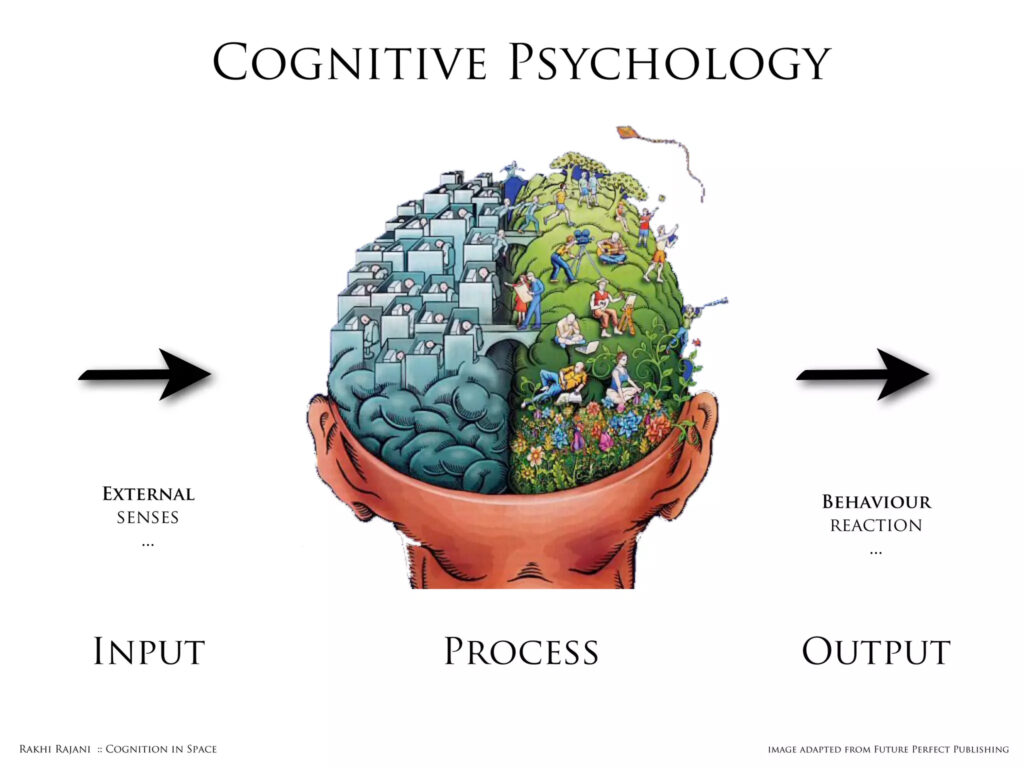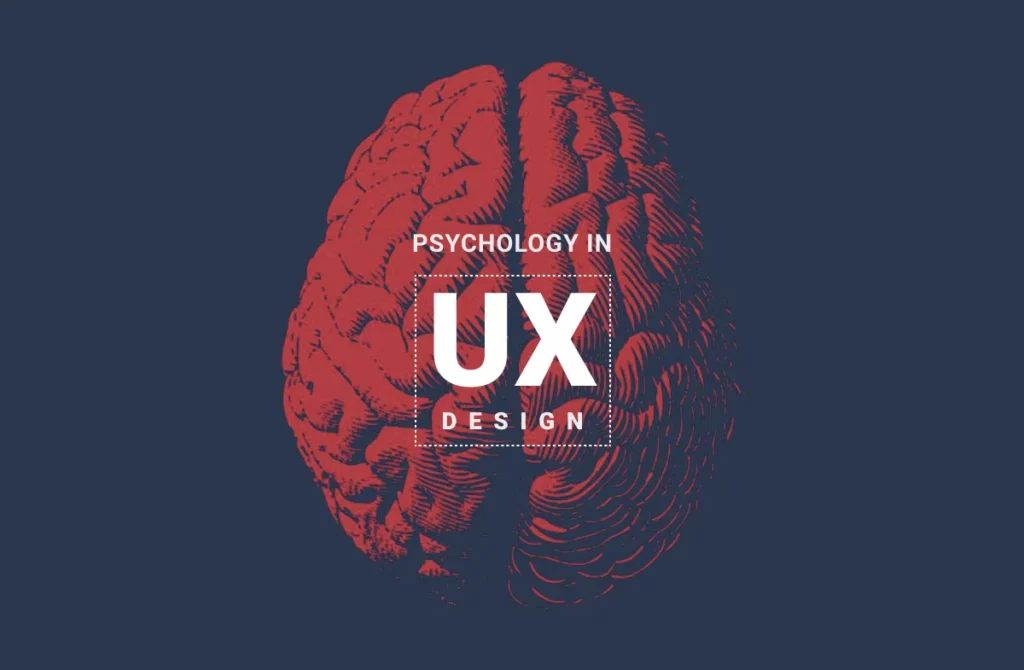Cognitive bias, first identified by Amos Tversky and Daniel Kahneman in 1972, refers to the brain’s tendency to process complex information through the filter of personal experience and preference. This bias is largely unconscious and manifests itself in the form of mental shortcuts, known as heuristics, which can lead to irrational judgements. In areas such as UX design and software development, these biases can influence decision making and data interpretation, affecting everything from user interface design to the results of machine learning algorithms. Being aware of and understanding these biases is crucial for more objective decision making and accurate data analysis.1
Types of Cognitive Biases
Over the past six decades, research in fields such as cognitive psychology, social psychology and behavioral economics has identified a variety of cognitive biases. At this point, I would like to share the list of https://www.techtarget.com/searchenterpriseai/definition/cognitive-bias with various cognitive biases.
- Actor-Observer Bias
The tendency for an individual to credit their own situation to external causes while ascribing other people’s behaviours to internal causes. - Anchoring Bias
The tendency for the brain to rely too much on the first information it received when making decisions. - Attentional Bias
The tendency for an individual to pay attention to a single object or idea while deviating from others. - Availability Bias
The tendency for the brain to conclude that a known instance is more representative of the whole than is actually the case. - Availability Heuristic
The tendency to use information that comes to the mind quickly when making decisions based on the future. - Bandwagon Effect
The tendency for the brain to conclude that something must be desirable because other people desire it. - Bias Blind Spot
The tendency for the brain to recognise another’s bias but not its own. - Clustering Illusion
- The tendency for the brain to want to see a pattern in what is actually a random sequence of numbers or events.
- Confirmation Bias
The tendency for the brain to value new information that supports existing ideas. - The Dunning-Kruger Effect
The tendency for an individual with limited knowledge or competence in a given field to overestimate their own skills in that field. - False Consensus Effect
The tendency for an individual to overestimate how much other people agree with them. - Framing Effect
The tendency for the brain to arrive at different conclusions when reviewing the same information, depending on how the information is presented. - Functional Fixedness
The tendency to see objects as only being used in one specific way. - Group Think
The tendency for the brain to place value on consensus. - Halo Effect
The tendency for a person’s impression in one area to influence an opinion in another area. - Hindsight Bias
The tendency to interpret past events as more predictable than they actually were. - Misinformation Effect
The tendency for information that appears after an event to interfere with the memory of an original event. - Negativity Bias
The tendency for the brain to subconsciously place more significance on negative events than positive ones. - Proximity Bias
Proximity bias is the subconscious tendency to give preferential treatment to people that are physically close. A physical worker being considered for a raise before a remote worker because they are in the immediate vicinity of their superior is an example of proximity bias. - Recency Bias
The tendency for the brain to subconsciously place more value on the last information it received about a topic. - Self-Serving Bias
The tendency for an individual to blame external forces when bad events happen but give themselves credit when good events happen. - Sunk Cost Effect
Also called the sunk cost fallacy, this is the tendency for the brain to continue investing in something that clearly isn’t working in order to avoid failure. - Survivorship Bias
The tendency for the brain to focus on positive outcomes in favor of negative ones. A related phenomenon is the ostrich effect, in which people metaphorically bury their heads in the sand to avoid bad news.



